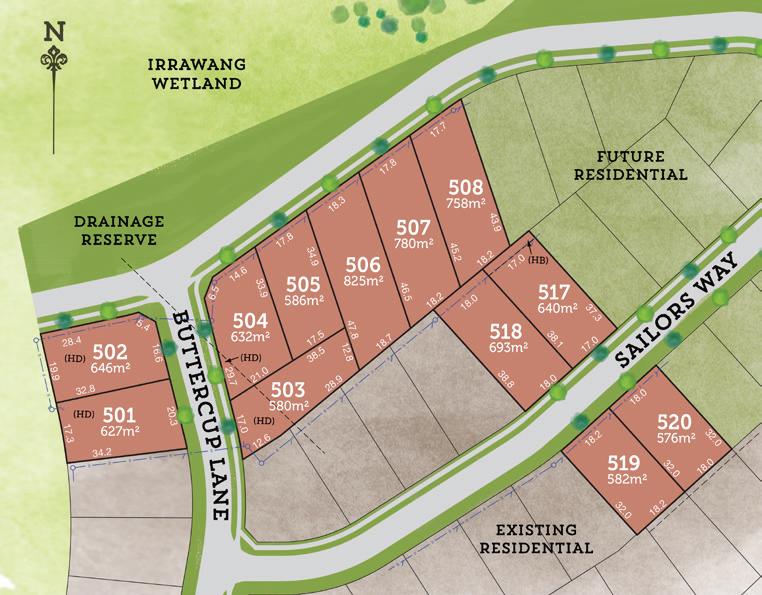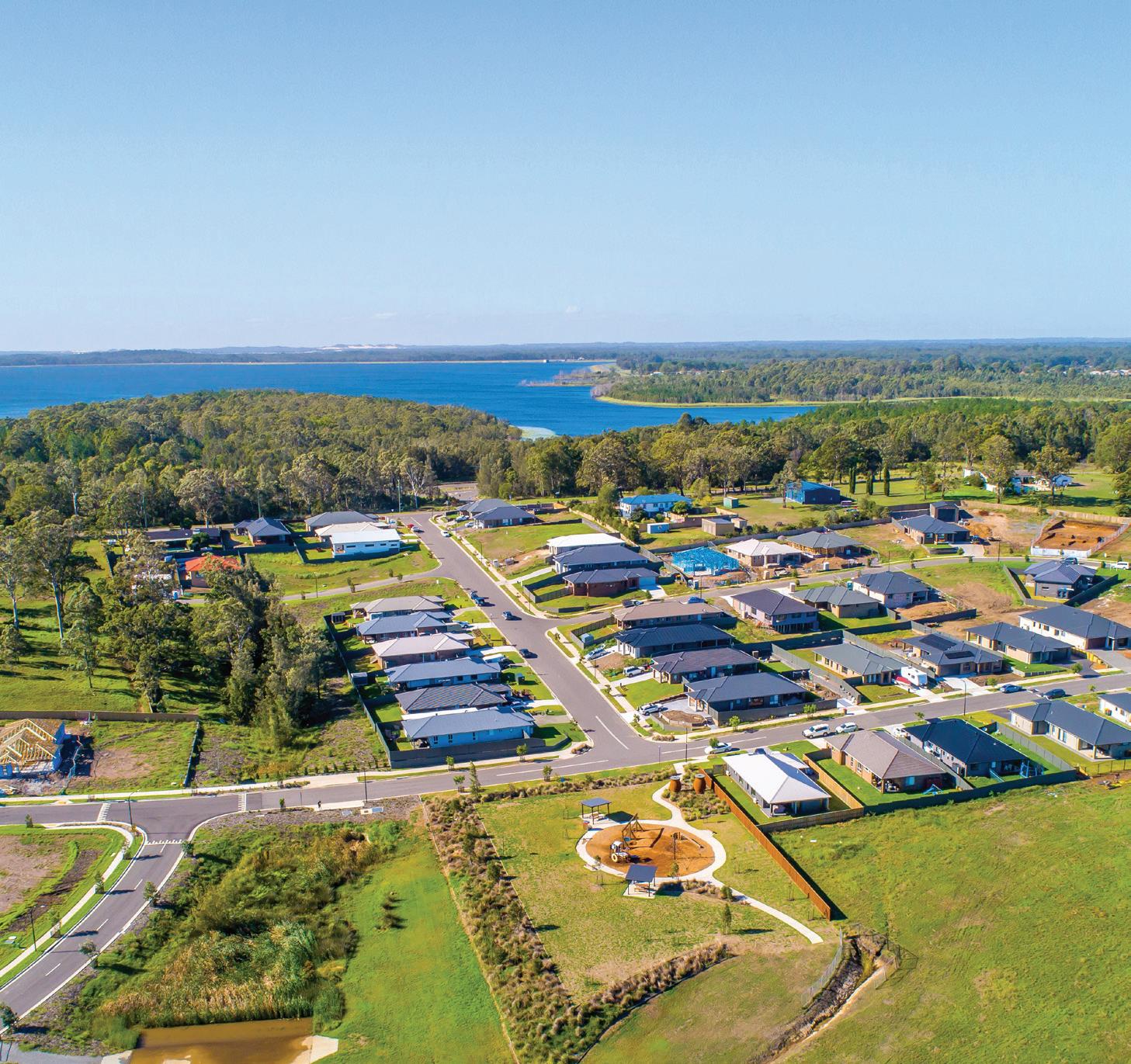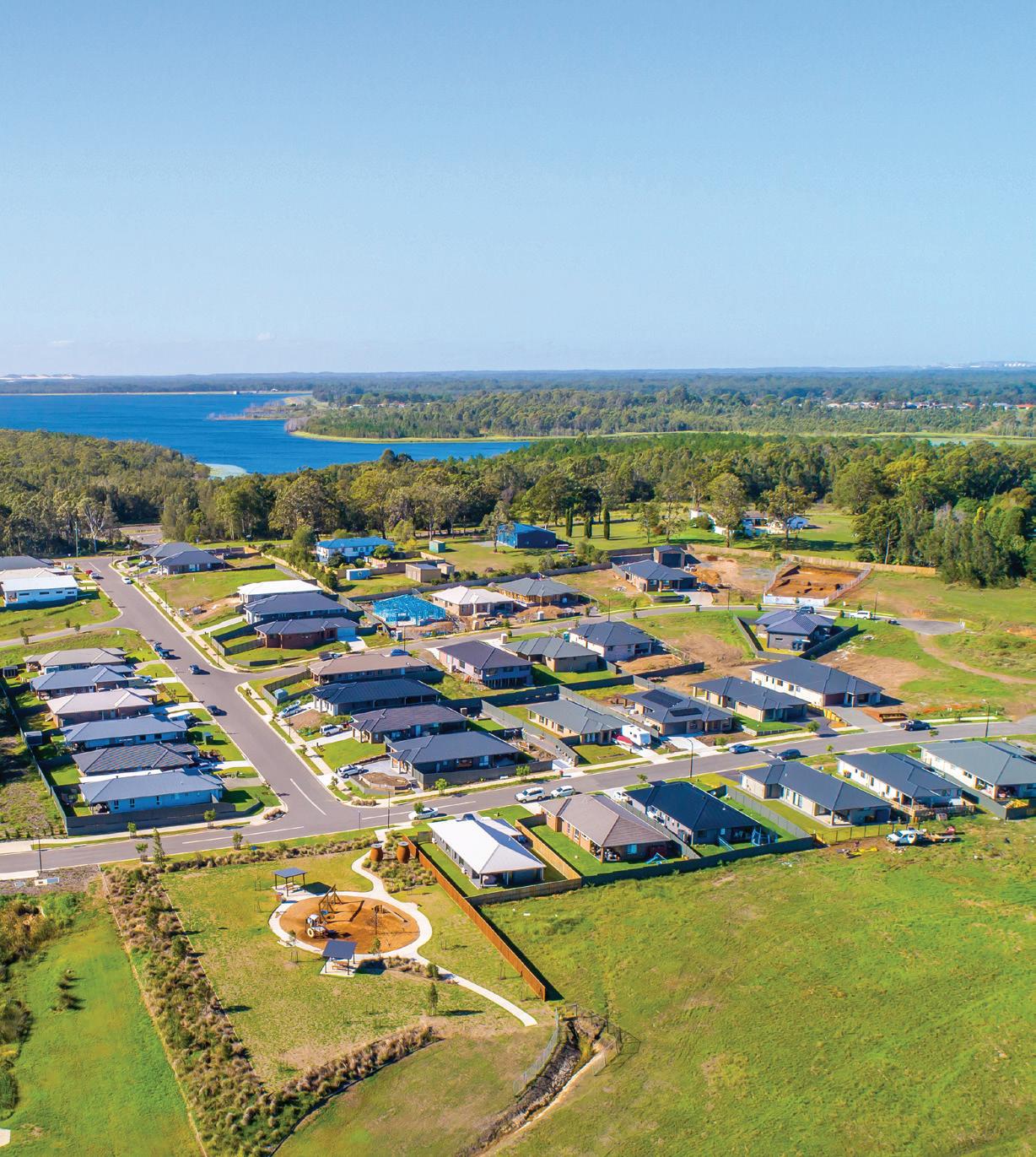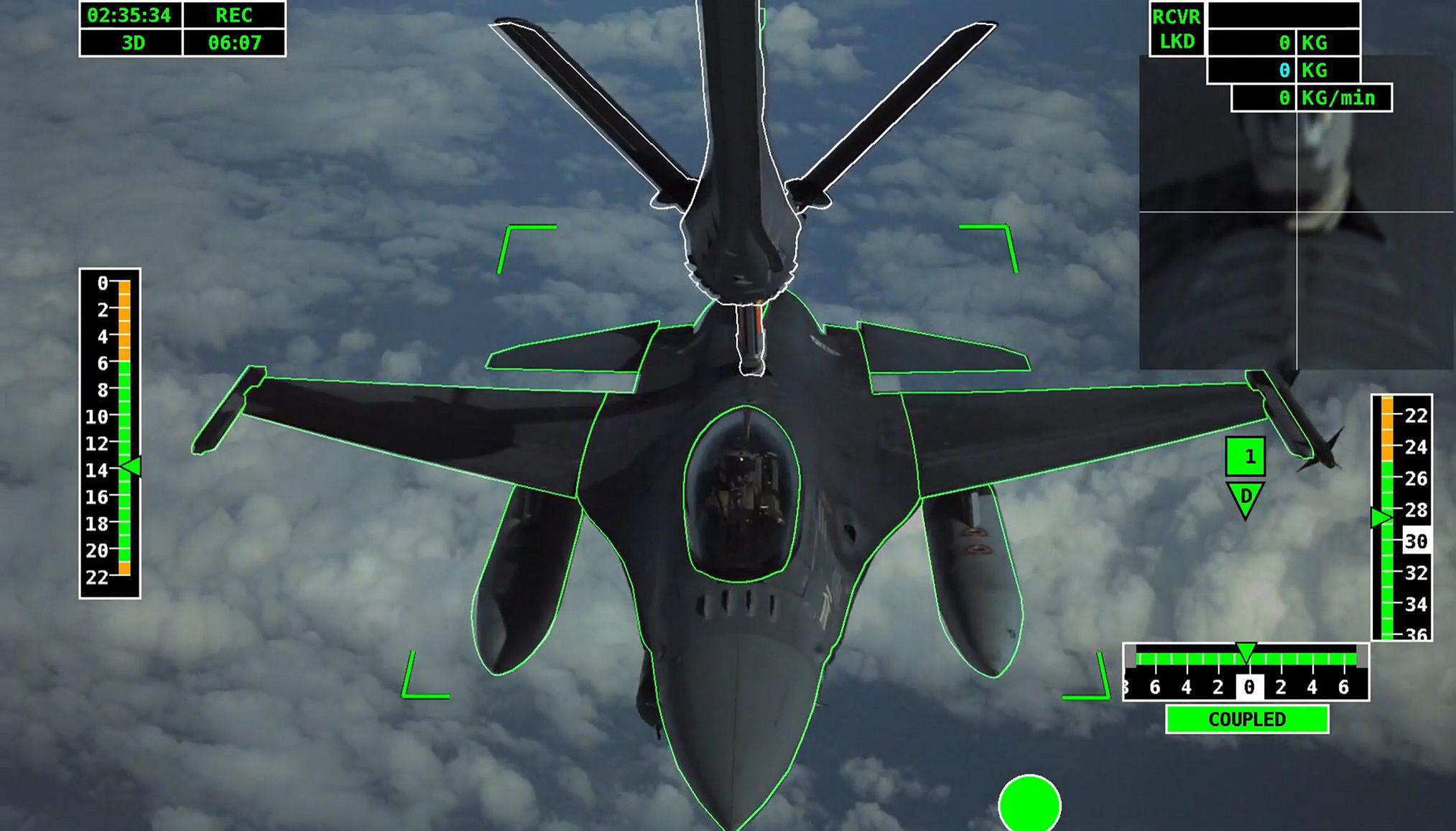
5 minute read
Cyber resilience key to securing
Cyber resilience key to securing Australia’s economic future
President of the Global Forum on Cyber Expertise (GFCE) Foundation and former adviser to the Obama and Trump administrations, Chris Painter, has told the 2020 Global Cyber Security Capacity Building Conference in Melbourne that nations in the Oceania region must put a greater emphasis on cyber policy.
Advertisement
Painter, a vanguard of US and international cyber issues for over 25 years, was unequivocal in his keynote that cyber security and cyber security policy was an urgent and fundamental issue of national importance for all nations. "Given the severity of the threat and our increasing dependence on cyber space, the US and other governments around the world have moved from treating cyber policy — including cyber security, cyber crime, internet governance and internet freedom — as niche or technical issues to treating them as core issues of national security, economic policy, human rights and, ultimately, core issues of foreign policy," said Painter.
He said that, while Australia enjoyed a warm relationship with the US, it should not take its position for granted and the Australian government had a responsibility to ensure cyber security, and cyber security policy specifically, remained a priority.
Speaking at the conference, Oceania Cyber Security Centre (OCSC) chair Cameron Boardman said convening the event in Melbourne was a testament to the strength of the partnership and collaboration between the organisations. "The 2020 Global Cyber Security Conference is the first time this event has been held outside of the UK and we are delighted to welcome our partners and delegates from across the world to Melbourne," he said.
Boardman reinforced the need for a greater focus on policy settings that would ultimately improve the cyber resilience of Australia and its neighbours across the Oceania Pacific region. "The OCSC’s work in building national cyber resilience is focused on the Oceania Pacific region. Globally, this region is the largest contributor to the
world’s digital market and is expected to contribute $1.4 trillion to global e-commerce," said Boardman. "We recognise that this region presents significant opportunities and complex cyber challenges. In many ways, it is at the forefront of the world’s digital revolution. It is home to some one of the most advanced digital economies in the world, however, there are countries in the region where digital development is still in its early stages."
The 2020 Global Cyber Security Capacity Building Conference is cohosted by Melbourne-based OCSC, the GCSCC from the University of Oxford, the birthplace of the Cybersecurity Capacity Maturity Model (CMM), and the GFCE based in The Hague. "By improving the cyber security of our partners, we strengthen our own cyber defences. Ultimately that is the aim of this conference: build our domestic knowledge and capability, promote confidence in the online environment, reduce losses attributable to cyber crime, create the right environment for multistakeholder internet governance, protect human rights and deliver sustainable development outcomes," said Boardman.
The OCSC is a not-for-profit collaboration of eight universities based in Victoria.
It obtains substantial support from the Victorian government and has the broad aim of engaging with government and industry to conduct research, develop training opportunities and build capacity in Australia and across the Oceania region for responding to current and emerging cyber security issues.
Some of the key OCSC areas of interest include: critical infrastructure, data analytics, network security, cryptography, privacy and social media, AI and automation, and organisational security.
GRAHAMSTOWN DAM
MEDOWIE PUBLIC SCHOOL
FERODALE ROAD
RAAF BASE 10 MINS BOUNDARY ROAD MEDOWIE
STATE CONSERVATION
AREA THE BOWER

MEDOWIE ROAD SHOPS MEDOWIE
WIRREANDA PUBLIC SCHOOL
MEDOWIE MACADAMIA FARM



Airbus achieves world’s first fully automatic refuelling contacts
Airbus has achieved the first ever fully automatic air-to-air refuelling (A3R) operation with a boom system. The flight test campaign, conducted earlier in the year over the Atlantic Ocean, involved an Airbus tanker test aircraft equipped with the Airbus A3R solution, with an F-16 fighter aircraft of the Portuguese Air Force acting as a receiver.
Australia is also watching the program closely and has previously contributed one of the RAAF’s KC-30A MRTTs to the earlier flight test campaign, representing a large aircraft receiver during at least seven automatic contacts with the A310’s ARBS
This milestone is part of the industrialisation phase of A3R systems ahead of its implementation in the A330 MRTT tanker development.
The campaign achieved a total of 45 flight test hours and 120 dry contacts with the A3R system, covering the whole aerial refuelling envelope, as the F-16 and MRTT consolidate the maturity and capabilities of the development at this stage. The certification phase will start in 2021.
Didier Plantecoste, Airbus Head of Tanker and Derivatives Programmes, said: “The achievement of this key milestone for the A3R programme highlights the A330 MRTT’s excellent capability roadmap development and once more confirms that our tanker is the world’s reference for present and future refuelling operations. Our special thanks go to the Portuguese Air Force for their continued support and help on this crucial development.”
The A3R system requires no additional equipment on the receiver aircraft and is intended to reduce air refuelling operator (ARO) workload, improve safety and optimise the rate of air-to-air refuelling transfer in operational conditions, helping maximise aerial superiority. The goal for the A3R system is to develop technologies that will reach fully autonomous capabilities.
Once the system is activated by the ARO, the A3R flies the boom automatically and keeps the alignment between the boom tip and the receiver receptacle with an accuracy of a couple of centimeters; the proper alignment and the receiver stability is checked in real-time to keep a safe distance between the boom and the receiver and also to determine the optimum moment to extend the telescopic beam to achieve the connection with the receiver.
At this point, the fuel transfer is initiated to fill up the receiver aircraft and once completed and the disconnection is commanded, the boom is cleared away from the receiver by retracting the telescopic beam and flying the boom away to keep a safe separation distance. During this process, the ARO simply monitors the operation.











